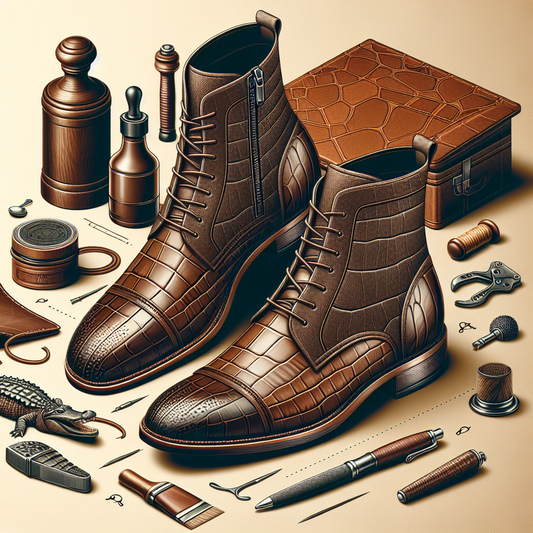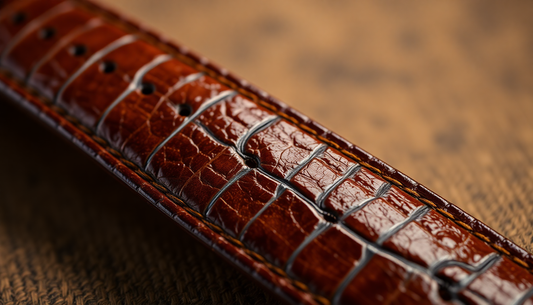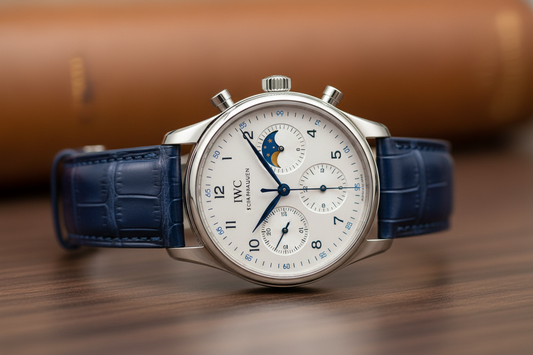Duffle Bag Description: A Comprehensive Guide to Understanding These Versatile Bags
Duffle Bag Description: A Comprehensive Guide
Duffle bags, those iconic cylindrical sacks, have been a mainstay of travel and leisure for decades. Their simple yet durable design, coupled with ample storage space, has made them a favorite among travelers, athletes, and weekend warriors alike. But what exactly makes a duffle bag tick? Let's delve into the world of duffle bag descriptions to understand these versatile bags better.
The History of the Duffle Bag
The duffle bag's origins can be traced back to the 19th century, with the name itself derived from the Belgian city of Duffel, known for its production of a thick, durable wool fabric. These early duffle bags were primarily used by the British military for transporting personal belongings and equipment. Their rugged construction and spacious design made them ideal for the harsh conditions of military life.
The popularity of duffle bags quickly spread beyond the military, becoming a staple in civilian life as well. Their versatility, practicality, and classic design made them popular for everything from weekend trips to sports practices and even as carry-on luggage for air travel.
Key Features of a Duffle Bag Description
A good duffle bag description should go beyond a simple list of features and provide a detailed overview of the bag's functionality and appeal. Here are the key aspects to consider:
- Size and Capacity: Duffle bags come in a wide range of sizes, from compact weekenders perfect for a quick getaway to large travel bags designed for extended journeys. A comprehensive description should specify the bag's dimensions (length, width, height) and its approximate capacity in liters or cubic inches. This helps potential buyers visualize the bag's size and determine if it will fit their needs.
-
Material: The material of a duffle bag plays a crucial role in its durability, water resistance, and overall aesthetic. Descriptions should clearly state the bag's material composition. Common materials include:
- Canvas: A durable and classic option known for its ruggedness and natural look.
- Nylon: Lightweight, water-resistant, and often used for travel duffle bags.
- Leather: Adds a touch of elegance and sophistication, but can be heavier and more expensive.
- Recycled Materials: Eco-conscious options that contribute to sustainability.
- Closure: How the bag closes is a crucial factor in its security and ease of access. Descriptions should mention the type of closure, whether it's a zipper, buckle, or a combination of both. They should also detail the number of zippers, their placement, and any lockable zippers for added security.
- Handles and Straps: Duffle bags typically have top handles for easy carrying and adjustable shoulder straps for comfortable transport over longer distances. Descriptions should highlight these features, mentioning the materials used (leather, nylon, etc.), the handle length, and any additional carrying options, like a padded shoulder strap for extra comfort or a detachable crossbody strap for hands-free carrying.
- Pockets and Compartments: The presence and placement of pockets and compartments significantly impact a duffle bag's organization and functionality. A detailed description should enumerate the number and types of pockets, both internal and external. It should also specify their sizes and intended uses (for example, a shoe compartment for separating dirty shoes, a laptop sleeve for safe transport of electronics, or a zipped valuables pocket for keeping essential items secure).
- Style and Aesthetics: Duffle bags come in a wide array of styles, from classic and minimalist designs to more modern and colorful options. Descriptions should mention the overall style, any unique design elements, and the available color options. A visually appealing description that highlights the bag's aesthetics can enhance its appeal to potential buyers.
Why Is a Detailed Duffle Bag Description Important?
In the crowded online marketplace, a comprehensive duffle bag description is not just a formality, it's a crucial tool for attracting customers and boosting sales. Here's why:
- Informative: A detailed description provides potential buyers with all the necessary information about the bag's features, size, materials, and functionalities. This helps them make informed decisions and choose the bag that best suits their individual needs.
- SEO Optimization: Including relevant keywords like "duffle bag description" and specific features like "canvas duffle bag", "waterproof duffle bag", or "travel duffle bag" can significantly improve the bag's ranking in search engine results, making it more visible to potential customers.
- Brand Consistency: A well-written description helps maintain a consistent brand image and conveys a clear understanding of the product's value proposition. This builds trust with customers and strengthens the brand's reputation.
- Customer Satisfaction: Accurate and detailed descriptions reduce customer confusion and potential returns, leading to greater customer satisfaction. When customers have a clear understanding of the product before purchasing, they are less likely to be disappointed or feel misled.
- Enhanced Sales: By providing all the necessary information, highlighting key features, and appealing to customers' needs and desires, a well-crafted duffle bag description can directly translate into increased sales and customer engagement.
Crafting Effective Duffle Bag Descriptions
Now that we understand the importance of detailed descriptions, let's explore some tips for crafting compelling and informative duffle bag descriptions that effectively showcase your products and attract more customers:
- Use Clear and Concise Language: Avoid jargon and technical terms that might confuse customers. Keep the language simple and easy to understand, using everyday vocabulary that resonates with a broad audience.
- Highlight Key Features: Focus on the features that make the bag stand out from the competition. Use descriptive language that paints a picture of the bag's functionality and style, highlighting its unique selling points. For example, instead of simply stating "durable", describe the specific materials used and their benefits, such as "constructed with heavy-duty canvas for superior durability and long-lasting performance."
- Use Visuals: High-quality photos and videos can significantly enhance the description, giving customers a better visual understanding of the bag. Choose images that showcase the bag's size, style, and details from multiple angles. Consider using lifestyle shots that show the bag in use, showcasing its versatility and appealing to potential buyers' imaginations.
- Include Customer Reviews: Positive customer reviews add credibility to the product and can influence potential buyers. Displaying authentic reviews can provide social proof and build trust in the bag's quality and functionality.
- Be Specific: Avoid generic descriptions like "durable" or "stylish." Instead, be specific about the materials, features, and benefits of the bag. For example, instead of saying "This bag has lots of pockets", specify "This bag features two spacious exterior pockets, ideal for carrying water bottles or snacks, and a zippered interior pocket perfect for keeping valuables secure."
- Use Storytelling: Instead of just listing features, weave a narrative around the bag's story and appeal. Think about the target audience and the situations they might use the bag for. For example, you could describe how a rugged canvas duffle bag is perfect for weekend camping trips, while a sleek nylon duffle bag is ideal for business travelers who need a stylish and functional carry-on.
- Address Potential Concerns: Anticipate common customer questions or concerns and address them proactively within the description. For example, if the bag is not water-resistant, mention this clearly and provide alternative solutions or recommendations.
Remember, a well-written duffle bag description can be the key to attracting more customers and boosting sales. By focusing on the right features, using clear language, incorporating visuals, and adding a touch of storytelling, you can create descriptions that effectively showcase the value of your duffle bags and encourage customers to make a purchase.
By understanding the key elements of a duffle bag description and following these tips, you can create compelling and informative descriptions that effectively market your products and attract more customers. Remember, a well-crafted description is a powerful tool for engaging customers, building trust, and driving sales in the competitive world of online retail.








